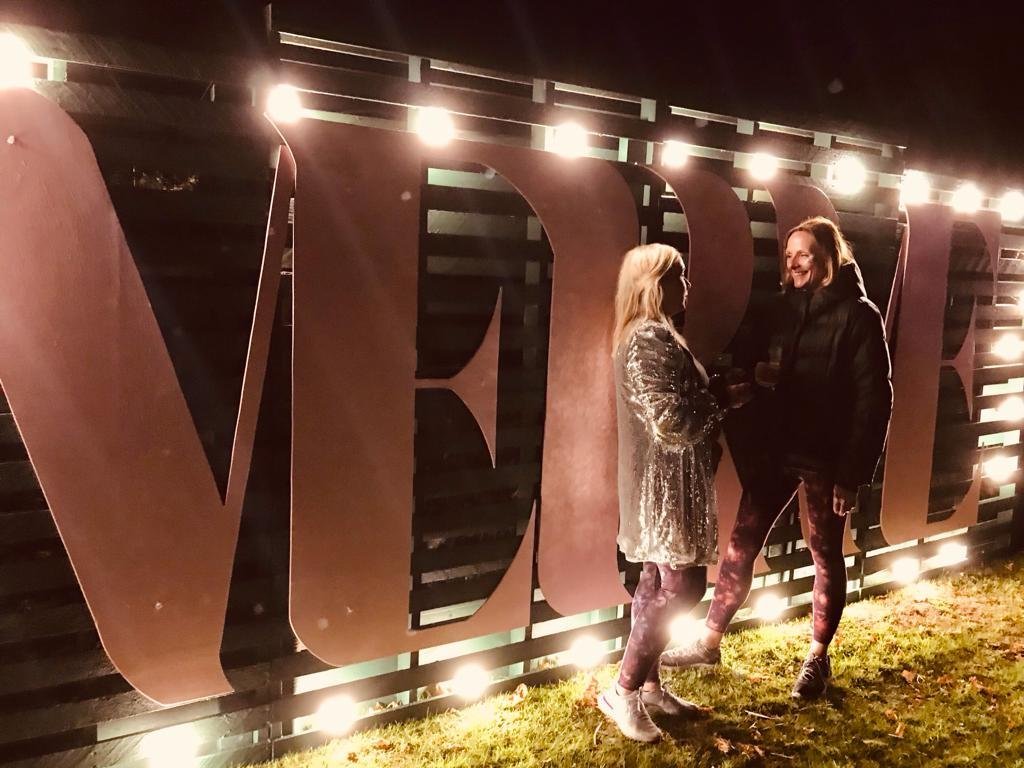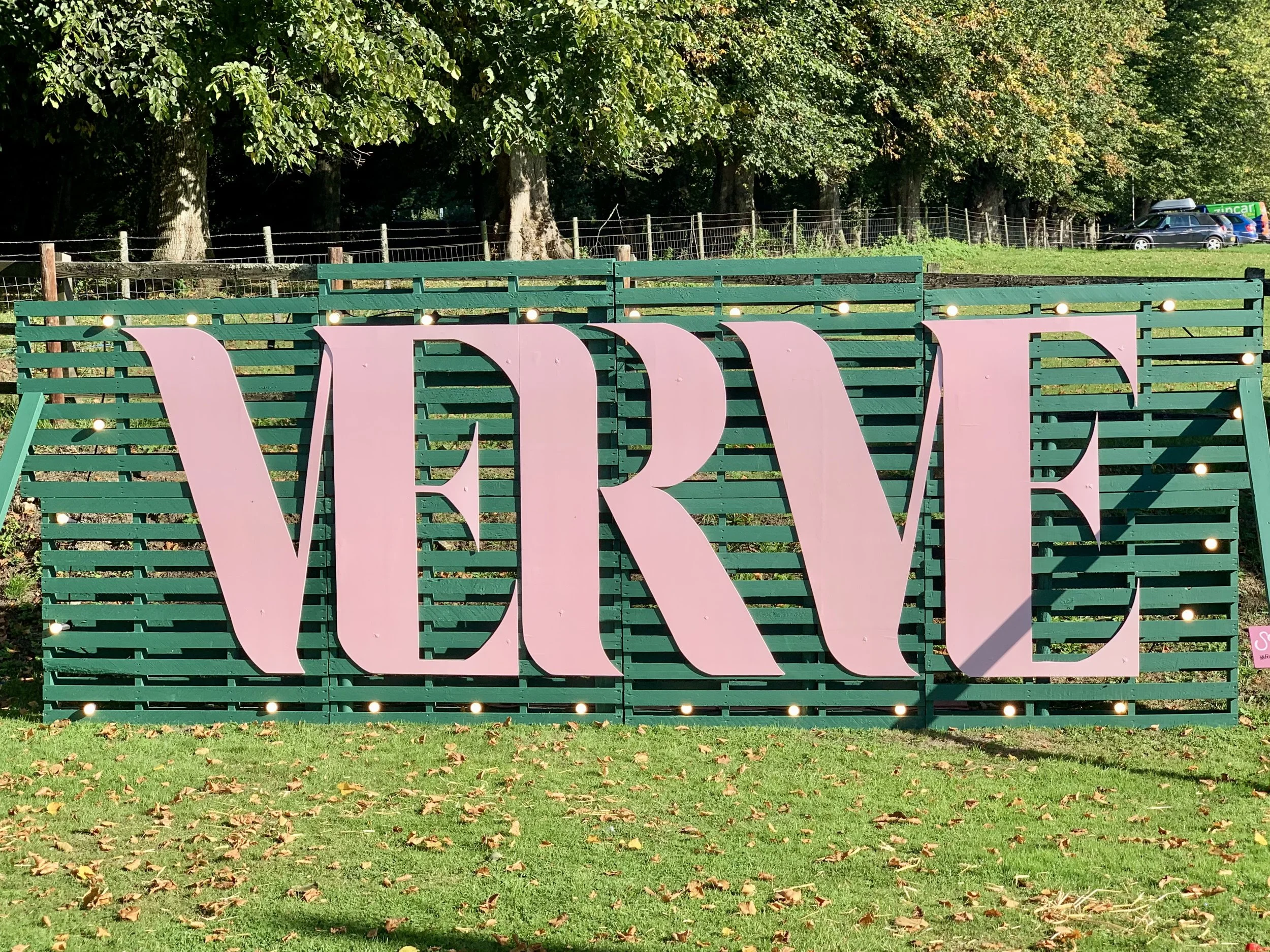Find Your Way: Part 2 | Determine your path
What are your strengths?
How do you feel about me even asking that? Do you feel comfortable talking about all that is great about who you are and how you naturally function in the world? Even having this conversation can be difficult for people. We’re told so often not to boast, not to get too big for ourselves, even that there is something uncouth about singing our own praises. Maybe answering just this question will bring something up for you.
But research shows that identifying our strengths and folding them into our lives:
· develops confidence;
· helps make decisions (we can assess if the options available to us align with our strengths and where they don’t);
· leads to greater fulfillment, getting us into a state of flow and doing more of what makes us flourish;
· increases productivity and job satisfaction;
· makes us more energized and engaged as we learn where and how we want to put our focus;
· helps us achieve meaningful goals as they point to what we need and how to get there;
· reduces anxiety;
· strengthens relationships;
· and enhance our well-being, sense of life satisfaction and overall feelings of happiness.
So right now, let’s get the resistance piece out of the way. This is the part where we celebrate who you are because discovering your strengths will help you find your way. And that my lovely is ok.
Below are some ideas to get you started. We’ve woven through some of the research of Jolanta Burke and Jonathan Passmore on how to think about your strengths. The key here is to figure out something they call a “Strength tilt”: “an individual’s interests and preferences, as well as the ways in which strengths are uniquely applied in each person, in order for them to live their lives in alignment with their values.”
Let’s find out how can you uniquely understand your strengths and then apply them or tilt your life in their direction.
Step 1: Play a little & Take a quiz:
There are a ton of quizzes out there to help you find your strengths. Here are some that we like (if you subscribe to our newsletter we talk about some more we like there):
Authentic Happiness: we recommend PERMA, Strengths Finder & The Authentic Happiness Inventory (from Martin Seligman)
The Four Tendencies (from Gretchen Rubin)
Introvert versus Extrovert (from Adam Grant at Ted)
Step 2: Get to know yourself & Ask some questions:
Take whatever you like to write with, and whatever surface or device works for you, and jot down your responses to these questions:
Explain a situation where you were in flow. What were you doing? Who were you doing it with? What were you working on?
How did you get here? What does it tell you about yourself?
What do you like to teach others?
Keep in mind something that Passmore and Burke called “Strength Blindness”: “individuals not appreciating their strengths and viewing them as something common and ordinary, rather than something that needs to be celebrated and developed further.”
We invite you to see how your own strengths are special and not common to everyone. Here are some questions to reflect on here:
What do you get complimented on? What could be the strengths that lie underneath?
What things do you find easy that other people seem to struggle with?
Learn how your strengths talk to each other. Passmore and Burke call this: a “Strengths constellation”: ”the interactions of strengths with each other. For example, an individual who frequently uses the strengths of fairness and bravery, would be more likely to stand up for someone who is unfairly treated than those who score highly in fairness but low in bravery”. With this in mind, reflect on these questions:
How do your strengths speak to each other?
What consistently shows up for you that maybe doesn’t with others?
And if there’s some resistance here that might be “Strength sensitivity”: which “may occur in clients who are being criticized around their strengths or when they discuss the negative aspects of their strengths.”
How could what others think about your strengths affect how you use yours?
What have you been told to hide, that you no longer want to?
What’s your secret strength that you are ready to make space for?
Step 3: Now bring your strengths into your life & Learn how to integrate them
There’s the knowing piece, and there’s the doing piece. For you to get to the place you want to go, you need more than awareness. The next part is all about movement: In what ways can you now bring in your strengths to align with who you are? Take each of your strengths — the ones you want to invite in — and brainstorm what you can commit to doing in each area of your life that you’re looking to shift. Or take a look at this list for inspiration on how to use your strengths to boost happiness.
Keep in mind that the more you increase the number of positive strengths that you use, the greater the positive impact this has. Dr. Laurie Santos in her course on The Science of Wellbeing has identified 4-7 as the sweet spot (the number that tips a job to a calling for instance).
So what’s next for you? How can your strengths help you find your way?
We can help you go from here to there (whatever these points represent for you), by using your strengths to navigate. Book a Strengths Capture session and find your way to feel better in your everyday life.






